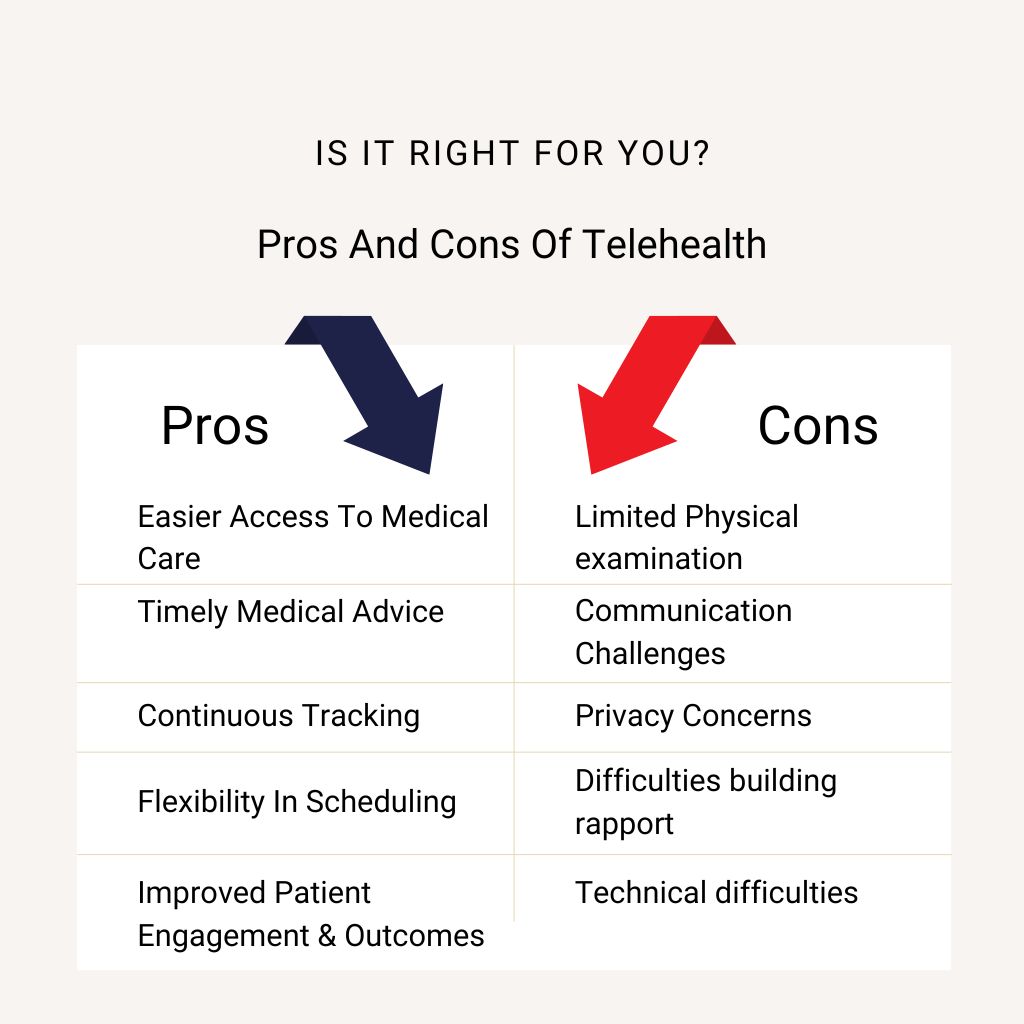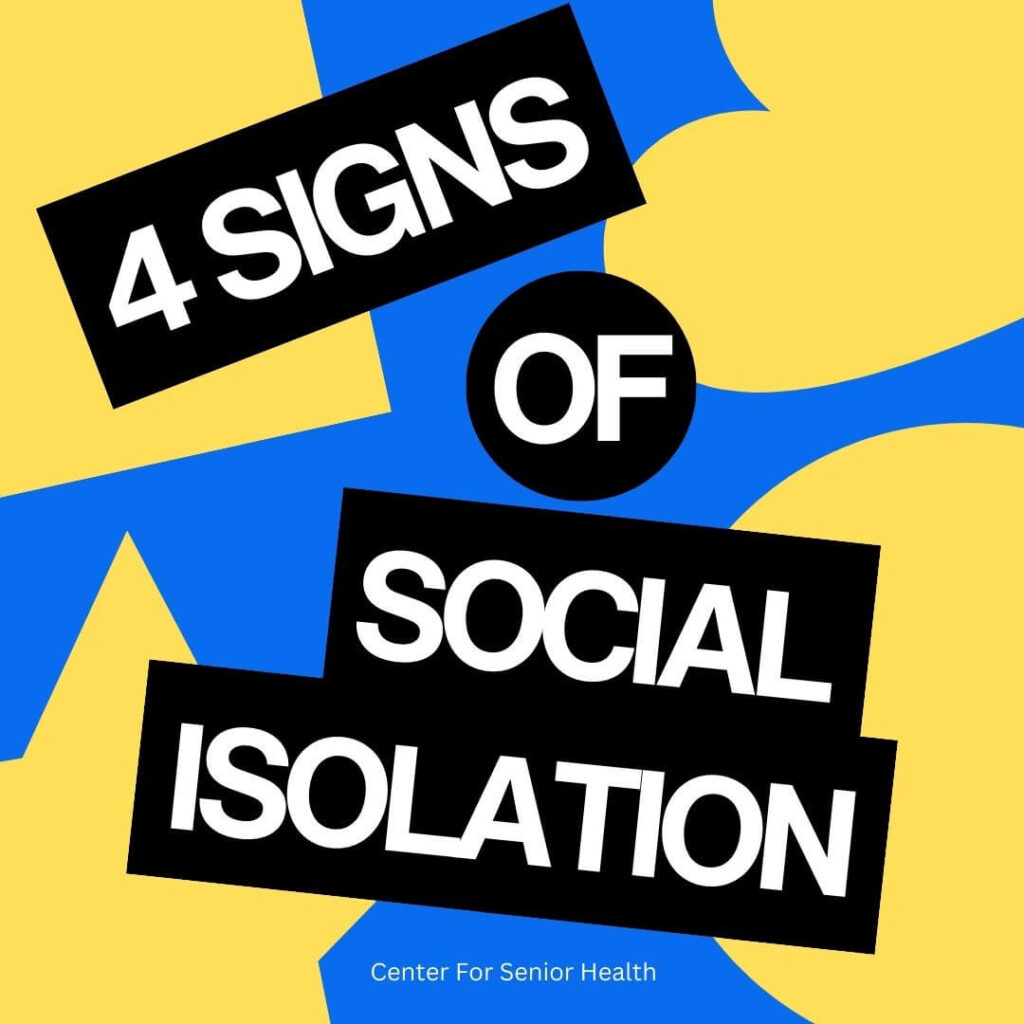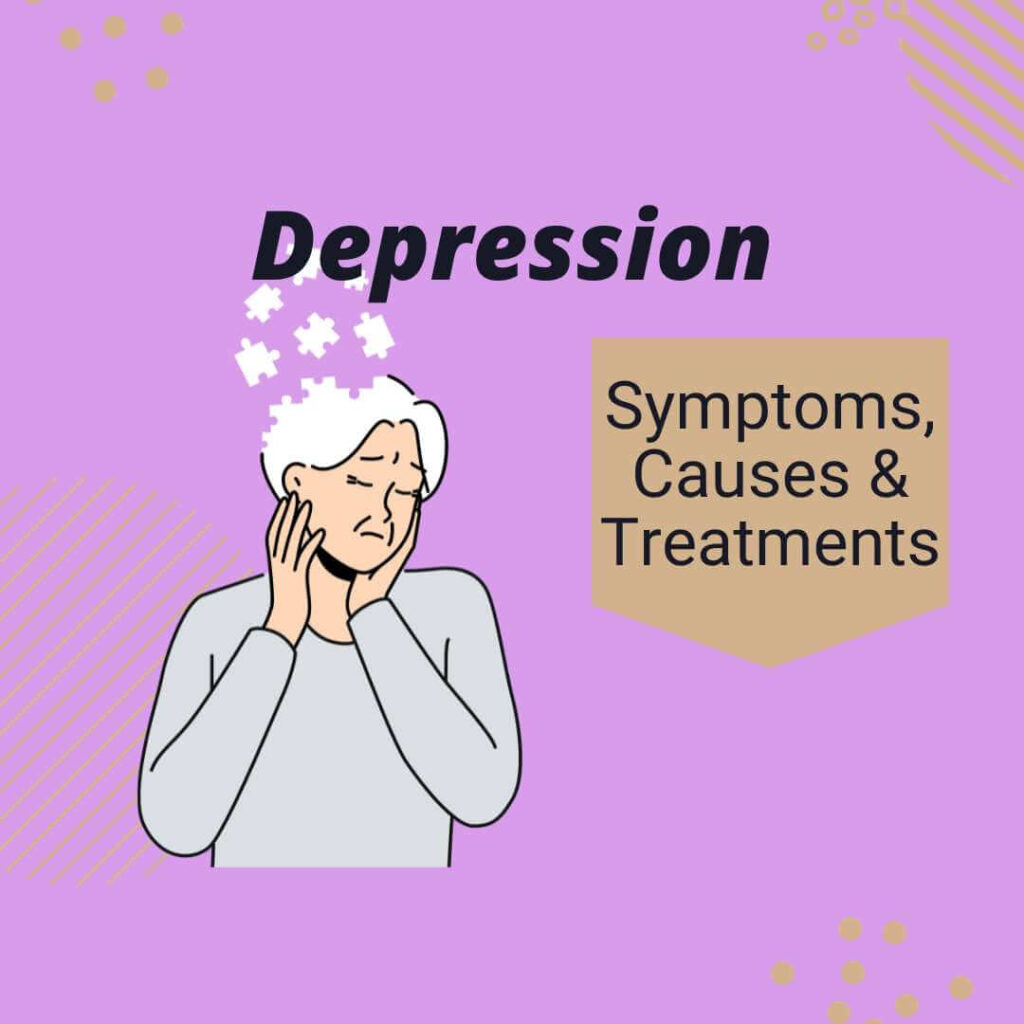Long wait times, limited availability, and geographical barriers have been a challenge for individuals to receive timely medical attention. However, telehealth promises to help overcome some of these obstacles and to make quality health care more accessible. In this article we look at the pros and cons of telehealth, so buckle up as we discover how telehealth is set to transform the health care industry.
Telehealth refers to the use of technology for remote health care services. It allows you to consult with health care providers from the comfort of your own home, eliminating the need for in-person visits.
The COVID-19 pandemic has further accelerated the adoption of telehealth worldwide. As social distancing measures became necessary, telehealth software became a crucial tool for safe patient access to healthcare.
According to recent data, a staggering 76 percent of hospitals in the country now connect doctors and patients remotely through telehealth. This is a significant increase from just 35 percent a decade ago.

Pros of Telehealth
Easier Access to Medical Care
Telehealth provides convenient access to medical care, particularly for patients in rural or underserved areas or those with mobility limitations. With telehealth, patients can connect with healthcare professionals remotely through video consultations, phone calls, or online messaging platforms. This convenience eliminates the need for long-distance travel and reduces waiting times at clinics or hospitals.
Timely Medical Advice from Home
One of the significant advantages of telehealth is that patients can receive timely medical advice without leaving their homes. This saves both time and money as there is no need to commute to a health care facility or wait in crowded waiting rooms. Through telehealth platforms, patients can consult with doctors and specialists virtually, discussing their symptoms and concerns in real time. Health care professionals can recommend appropriate treatments remotely, ensuring that patients receive prompt care.
With telehealth platforms and software, patients can easily reach out to their health care providers for follow-up questions or concerns without the need for office visits.
Continuous Tracking of Vital Signs and Health Conditions
Another benefit of telehealth is remote monitoring, which allows for continuous tracking of vital signs and health conditions. With the help of wearable devices such as smartwatches or fitness trackers, patients can measure various health parameters like heart rate, blood pressure, sleep patterns, and physical activity levels.
These measurements can be recorded online and shared with different health experts involved in the patient’s care. Remote monitoring enables coordinated care among multiple providers while allowing them to monitor older adults at home more effectively.
Flexibility in Scheduling Appointments
Telehealth offers flexibility, making it easier and more convenient for patients with busy lifestyles. Traditional health care often requires individuals to take time off work or rearrange their schedules to accommodate clinic hours. However, with telehealth services available 24/7, patients have greater control over when they schedule their virtual visits with healthcare professionals.
This flexibility ensures that individuals can seek medical advice without disrupting other commitments, leading to improved overall healthcare access. Particularly when it comes to mental health, this almost instant availability has already proven to be very beneficial for better health outcomes.
Improved Patient Engagement and Outcomes
Patients can easily communicate with their doctors, ask questions, and seek guidance whenever needed. This enhanced communication leads to better adherence to treatment plans, increased patient satisfaction, and ultimately improved health outcomes.
Increased efficiency in managing chronic diseases
Telehealth has proven particularly beneficial in the management of chronic diseases. Through remote monitoring devices and regular virtual check-ins with health care providers, individuals with chronic conditions can receive ongoing care without the need for frequent physical visits.
This approach enables health care professionals to closely monitor patients’ health status, track vital signs, and identify potential issues early on. By doing so, proactive interventions can be implemented promptly based on real-time data analysis.
Cons of Telehealth
Limited physical examination capabilities
One major drawback of telehealth consultations is the limited ability to conduct a thorough physical examination. While health care providers can gather information about symptoms and medical history through virtual appointments, they are unable to physically examine patients. This limitation can hinder accurate diagnoses and treatment plans, as certain conditions may require hands-on assessments.
Technical difficulties and communication challenges
Another potential downside of telehealth is the reliance on technology and the possibility of encountering technical difficulties during virtual sessions. Poor internet connection, audio or video glitches, or software malfunctions can disrupt effective communication between health care providers and patients. These interruptions may lead to misunderstandings or incomplete discussions about symptoms, treatment options, or medication instructions.
Privacy concerns regarding personal health information
Privacy is a significant concern. The security and confidentiality of personal health information transmitted during virtual consultations must be safeguarded against unauthorized access or breaches. While health care providers take precautions to protect patient data, there is always a potential risk of cyberattacks or unauthorized interception. Patients may worry about the security measures in place and whether their sensitive information could be compromised.
Challenges adapting to virtual interactions
The absence of physical presence and direct eye contact may create a sense of detachment or impersonal experience. Building trust and rapport with health care providers might take longer in an online setting, as non-verbal cues are reduced and personal connections can be more difficult to establish.
Conclusion Pros and Cons of Telehealth
In conclusion, telehealth offers numerous advantages and disadvantages to consider. On the positive side, it allows for convenient access to health care services from the comfort of your own home. This can be especially beneficial for individuals with limited mobility or those living in remote areas. Telehealth has been shown to enhance doctor-patient relationships by fostering more frequent and personalized communication.
However, there are also drawbacks to telehealth. One major concern is the challenge of conducting physical examinations remotely, which may limit the accuracy of diagnoses. Furthermore, some individuals may feel a lack of personal connection during virtual appointments compared to traditional in-person visits.
Overall, it’s important to evaluate both the pros and cons of telehealth when considering its use. By doing so, you can make an informed decision about whether telehealth is right for you and your healthcare needs.
FAQs About Telehealth
Is telehealth covered by insurance?
Yes, many insurance providers now cover telehealth services. It’s always a good idea to check with your specific insurance company to understand what services are covered under your plan.
Can I receive prescriptions through telehealth?
Yes, in many cases doctors can prescribe medications during a telehealth appointment. However, this depends on various factors such as state regulations and the nature of the medication being prescribed.
How secure is my personal information during a telehealth appointment?
Telehealth platforms prioritize patient privacy and employ various security measures to protect personal information. Make sure to choose a reputable platform that complies with HIPAA regulations for data security.
Are there any limitations on what conditions can be treated through telehealth?
While many common conditions can be effectively managed through telehealth, certain complex or emergency situations may still require in-person care. Your health care provider will determine if your condition is suitable for a virtual visit.
What technology do I need for a telehealth appointment?
To have a telehealth appointment, you typically need a smartphone, tablet, or computer with internet access and video conferencing capabilities. Your health care provider will guide you through the process and provide any necessary instructions.
Do you need a webcam for telehealth?
No, you do not necessarily need a webcam for telehealth. Telehealth, which involves remote medical consultations and healthcare services through digital communication channels.
While a webcam can provide a video feed that allows health care professionals to see and interact with patients in real-time, it’s not always a strict requirement. Some telehealth platforms allow for audio-only consultations, where you can communicate with your health care provider using just a microphone and speakers or headphones.
References
https://www.health.harvard.edu/staying-healthy/telehealth-the-advantages-and-disadvantages
You May Also Like
- Best Red Light Therapy Device 2024 for Pain Management – 16 October 2024
- How To Improve Gut Microbiome – 26 May 2024
- Chemo neuropathy treatment: What to do? – 19 May 2024








